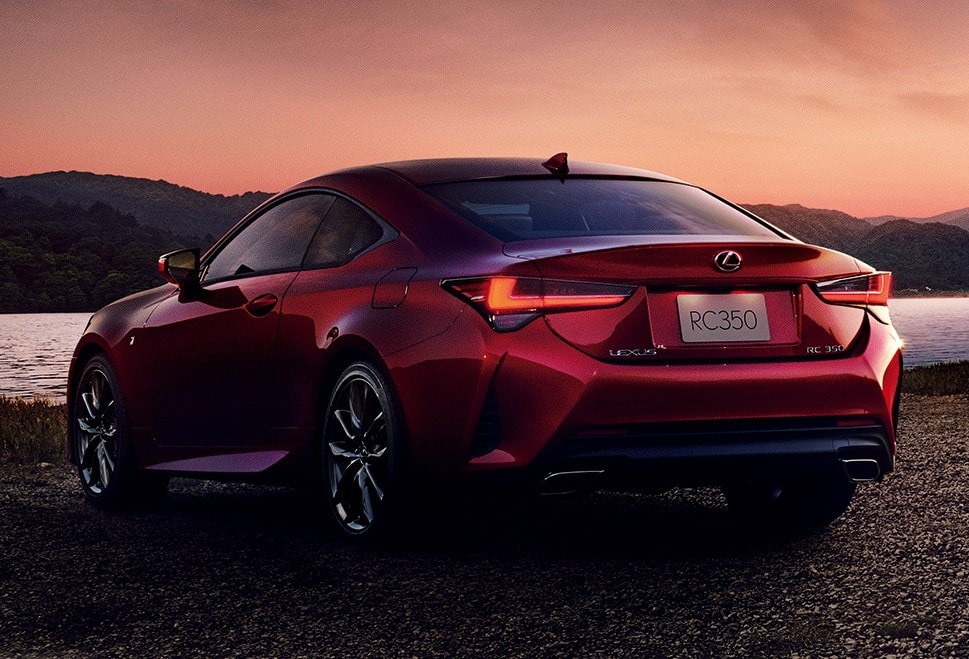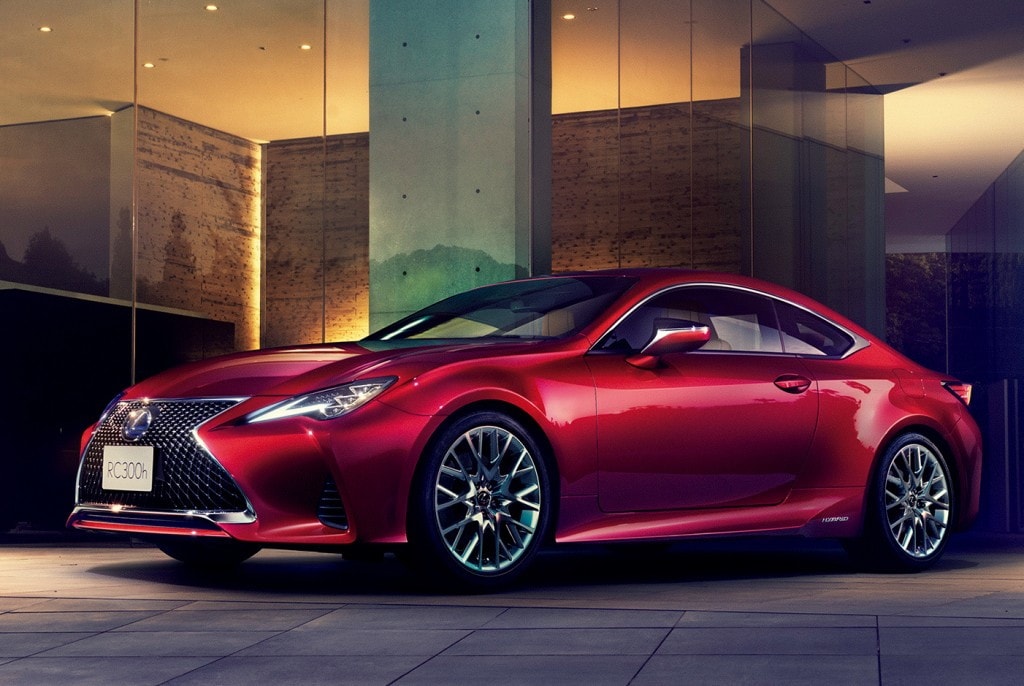In contrast to other American car brands facing decline, Chevrolet thrives in the modern automotive landscape. By retaining traditional models like the Malibu and expanding its portfolio to include electric vehicles, Chevrolet maintains its relevance and success.
Moreover, Chevrolet’s revitalization of the Corvette, transforming it into a competitive exotic car at a fraction of the cost, exemplifies the brand’s commitment to innovation and performance. However, one notable absence from Chevrolet’s lineup is a dedicated muscle car, following the discontinuation of the Camaro.
While the departure of the Camaro left a void in Chevrolet’s offerings, General Motors has hinted at its eventual return, albeit with uncertainties regarding its form and timeline.
Similarly, Dodge faced a similar fate with the Challenger but swiftly resurrected it, offering both traditional and electric variants to cater to diverse preferences.

Amidst these developments, attention has shifted to a surprising resurrection: the Chevrolet Cavalier, absent from the market for nearly two decades. Utilizing pixel manipulation and leveraging an existing premium model, an imaginative rendering reimagined the Cavalier using the Lexus RC as a base.
Although unconventional, this rendering sparked intrigue, especially considering the potential for mainstream brands to reintroduce traditional models amidst the dominance of crossover vehicles. A modern interpretation of the Cavalier, if executed effectively and priced competitively, could resonate with consumers seeking nostalgia and affordability.
Ultimately, Chevrolet’s success lies in its ability to adapt to changing market dynamics while preserving its heritage. A revived Cavalier could be a strategic move, offering consumers a compelling alternative in Chevrolet’s lineup and reinforcing the brand’s commitment to innovation and tradition.

